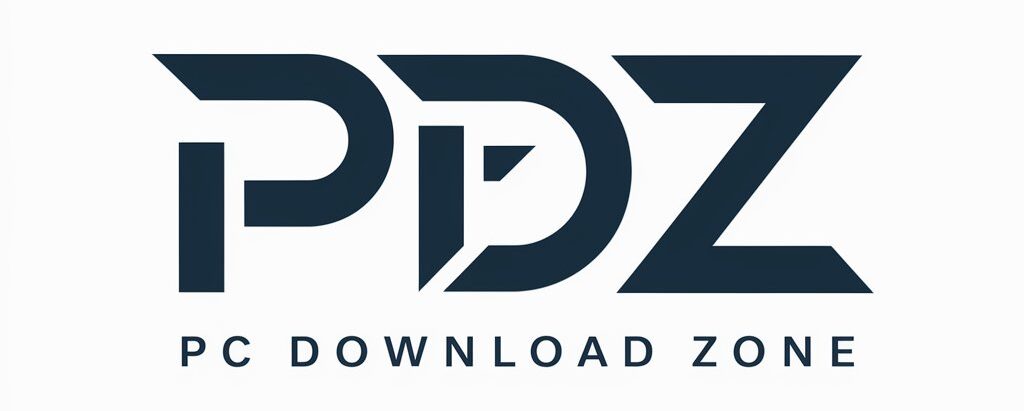Valve runs its massive PC gaming ecosystem with only about 350 employees

Getty Images
As a private and generally secretive company, Valve doesn’t offer much outside visibility into its inner workings. So when years’ worth of data on the company’s employee and aggregate payroll numbers leaked recently, we were eager to take a deep dive to see what those numbers could tell us about the operation and evolution of a company that has a hand in the majority of PC gaming transactions.
The recent data comes from a poorly redacted document in Wolfire’s antitrust lawsuit against Steam, as first noticed over the weekend by SteamDB’s Pavel Djundik. While the key data in the document has now been properly hidden in the court docket, The Verge captured the raw numbers from a table labeled “Employee Headcount and Gross Pay Data, 2003-2021.”
Breaking down that data by year and department with some simple graphs and statistics, seen below, gives us outsiders a rare partial glimpse into Valve’s organization. All told, it’s a bit hard to believe that this lynchpin of the PC gaming world has rested on the work of just a few hundred people for many years now.
Small but mighty
-
Valve’s total employee count has been remarkably stable for years.
Kyle Orland -
The majority of Valve’s headcount has remained in the Games department, even as Valve releases few games these days
Kyle Orland
It’s striking to consider just how small Valve is compared to other major players in the game industry. In 2021, Microsoft estimated Valve’s annual revenue at $6.5 billion, roughly on the same scale as EA’s $7.5 billion in 2024 revenue. But Steam achieved those numbers with around 350 employees, compared to well over 13,000 people employed by EA.
The disparity highlights just how much money Valve brings in with a relatively small workforce. And a lot of that is thanks to the chunk of revenue Valve takes from every sale on Steam. The dominant PC gaming marketplace has seen a massive increase in the number of annual game releases since 2012 or so, thanks to initiatives like Steam Greenlight and Steam Direct.
Yet, surprisingly, the size of the “Steam” department inside Valve has shrunk in recent years, from a peak of 142 employees in 2015 down to just 79 in 2021. From the outside, having just 79 employees keeping track of more than 11,000 Steam releases in 2021 is a pretty incredible ratio.
Some readers may also be surprised that Valve’s “Games” department has represented a majority of the company’s headcount since 2003. That has remained true (though to a lesser extent) even in more recent years, as Valve’s output of new games has become much more occasional. It seems likely a large number of those Games department employees are devoted to ultra-popular Valve games like Dota 2 and Counter-Strike 2, which enjoy tens of millions of players and need significant support work.

Sam Machkovech
The leaked data also shows the slow rise of Valve’s small Hardware department, which started with just three employees in 2011 as the company began work on its doomed Steam Machines initiative. Transitioning into the Valve Index era in the late 2010s, the hardware department still represented just a few dozen people and a paltry 3 to 4 percent of the company’s annual payroll.
By the time we hit 2021 and the run-up to the Steam Deck, the Hardware division still makes up just 12 percent of Valve’s small total headcount. Looking back, it’s impressive that such a small team was able to create a portable gaming device that quickly spawned a whole micro-industry of imitators. We can only hope the Hardware team got a little more employee support in the wake of the Steam Deck’s market success.
“We are relatively recently a hardware company,” Valve’s Greg Coomer told Rock Paper Shotgun in 2021. “And our DNA is really in software where upgrading stuff, it takes as long as writing some code and shipping it on the internet. So the people who work here, you know, we’ve hired a ton of experts in the hardware field who have all been slowly teaching us, ‘You can’t really operate the same way in hardware and just upgrade things whenever you feel like it.'”







